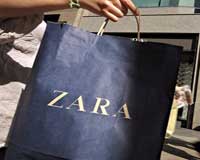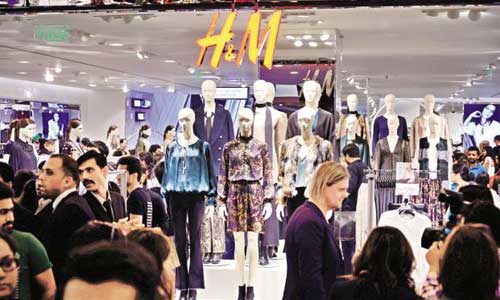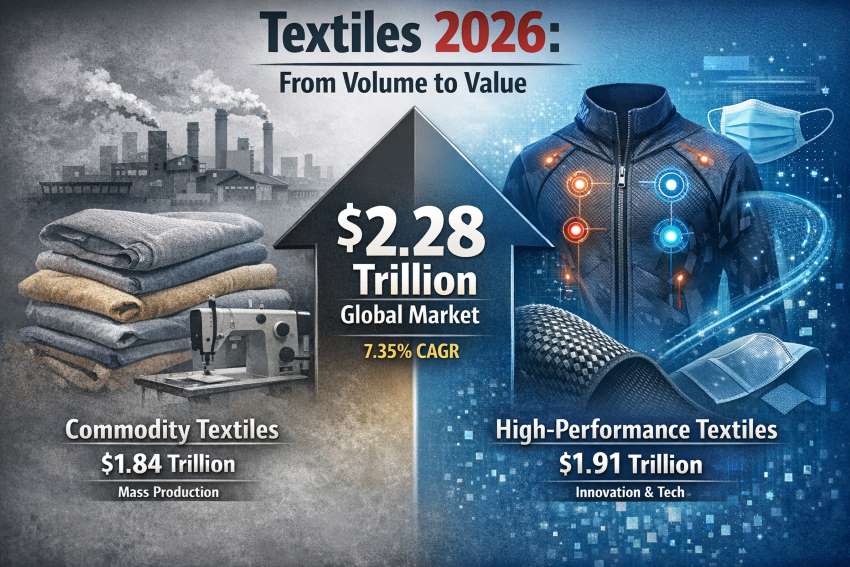"After witnessing the quick success gained by two fast fashion giants, H&M and Zara, retailers have come to believe if you give customers latest trends in a short period of time, they will be lured to purchase. While this trend stayed far longer than anticipated, winds of change seem to be turning towards a more sustainable paradigm where consumers no longer plan to discard their outfit for new and is giving retailers a run for their money. Robert Wallstrom, CEO, Vera Bradley, believes many of brand's patterns have a longer shelf life than they expected."

After witnessing the quick success gained by two fast fashion giants, H&M and Zara, retailers have come to believe if you give customers latest trends in a short period of time, they will be lured to purchase. While this trend stayed far longer than anticipated, winds of change seem to be turning towards a more sustainable paradigm where consumers no longer plan to discard their outfit for new and is giving retailers a run for their money. Robert Wallstrom, CEO, Vera Bradley, believes many of brand's patterns have a longer shelf life than they expected. The company has been sending patterns to the clearance bin, thereby hurting gross margin. Now Vera Bradley is working on the frequency at which it introduces new styles. It turns out customers didn’t need a hot new thing quite as often as the company expected. At the Chico's brand, executives are doing a major reset of the merchandise every six weeks instead of every four weeks.
Social media influence

Instagram, Snapchat and other digital platforms are accelerants that carry new looks across the globe in an instant. That dynamic is here to stay. But retailers should just keep one thing in mind: Not every customer is a fast-fashion customer. Lots of women aren't as budget-conscious as they were in darker economic times. They don't care about micro-trends. If a garment is flattering and durable, they would buy it. For instance, for Lululemon Athletica its best-selling sports bra is a new design called the Enlite, which costs $98. Women are paying that much for something that will end up sweat-soaked at the bottom of their gym bag – even when Lululemon offers many other sports bra styles at about half the price. But this one is made from a lighter-weight fabric and designed differently to offer more shape than a typical sports bra. Women are willing to pay because it seems innovative and functional.
The simple thread here is mid-priced retailers shouldn't broadly adopt the fast-fashion playbook. Each store should interpret it and apply it surgically – only in ways that makes sense for its specific customer base. That might mean a retailer uses its speedier supply chain not to go after some style the Instagram-influencer set is pushing, but to buy more of a classically styled sweater that’s been quickly embraced by consumers. It’s a test-and-learn approach to figure out which colours of a certain sheath dress get traction in which geographic markets before you place a massive order. In the end, the bottom line stays – you should work on your core strengths rather than blindly following the strategy of big retailers.












